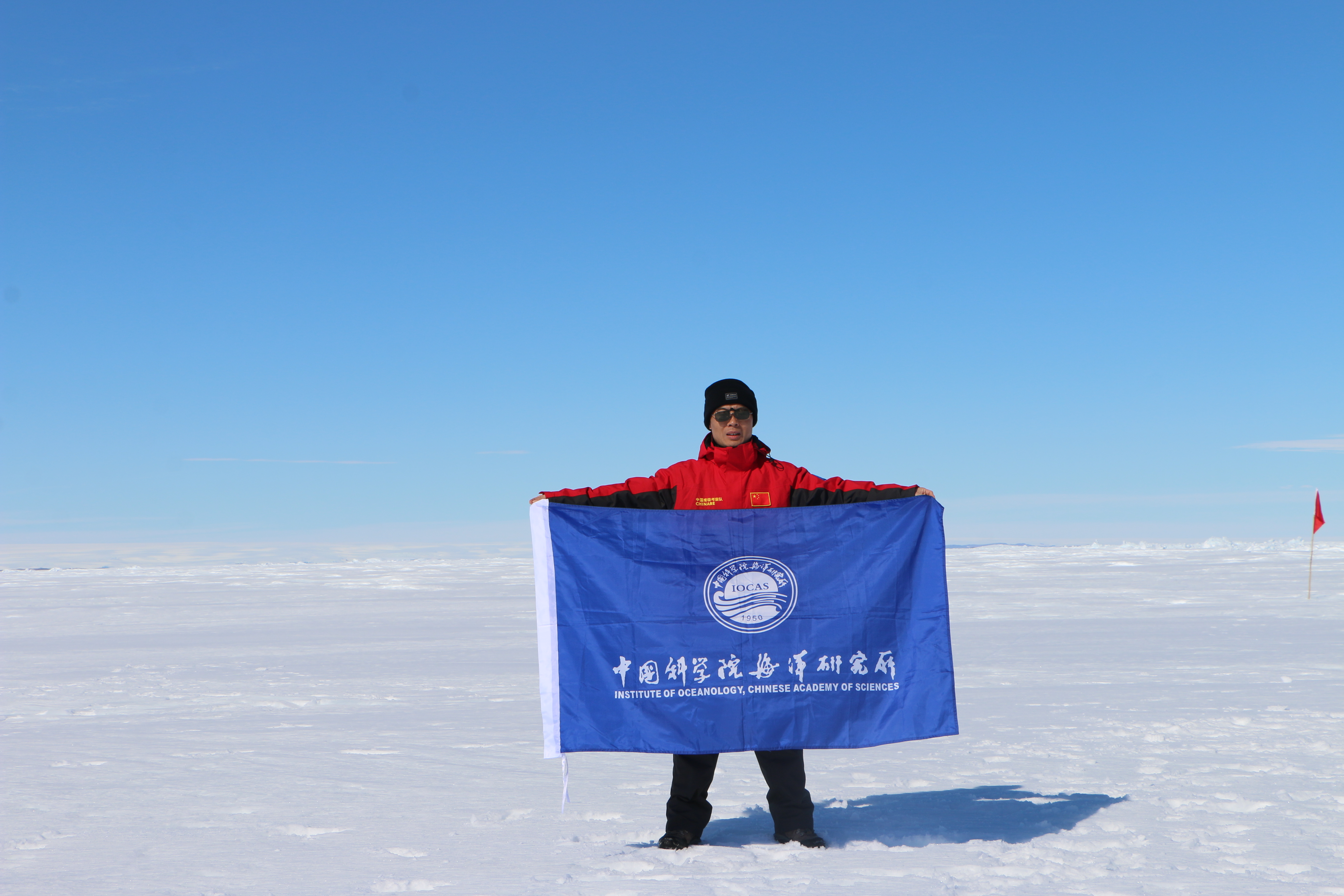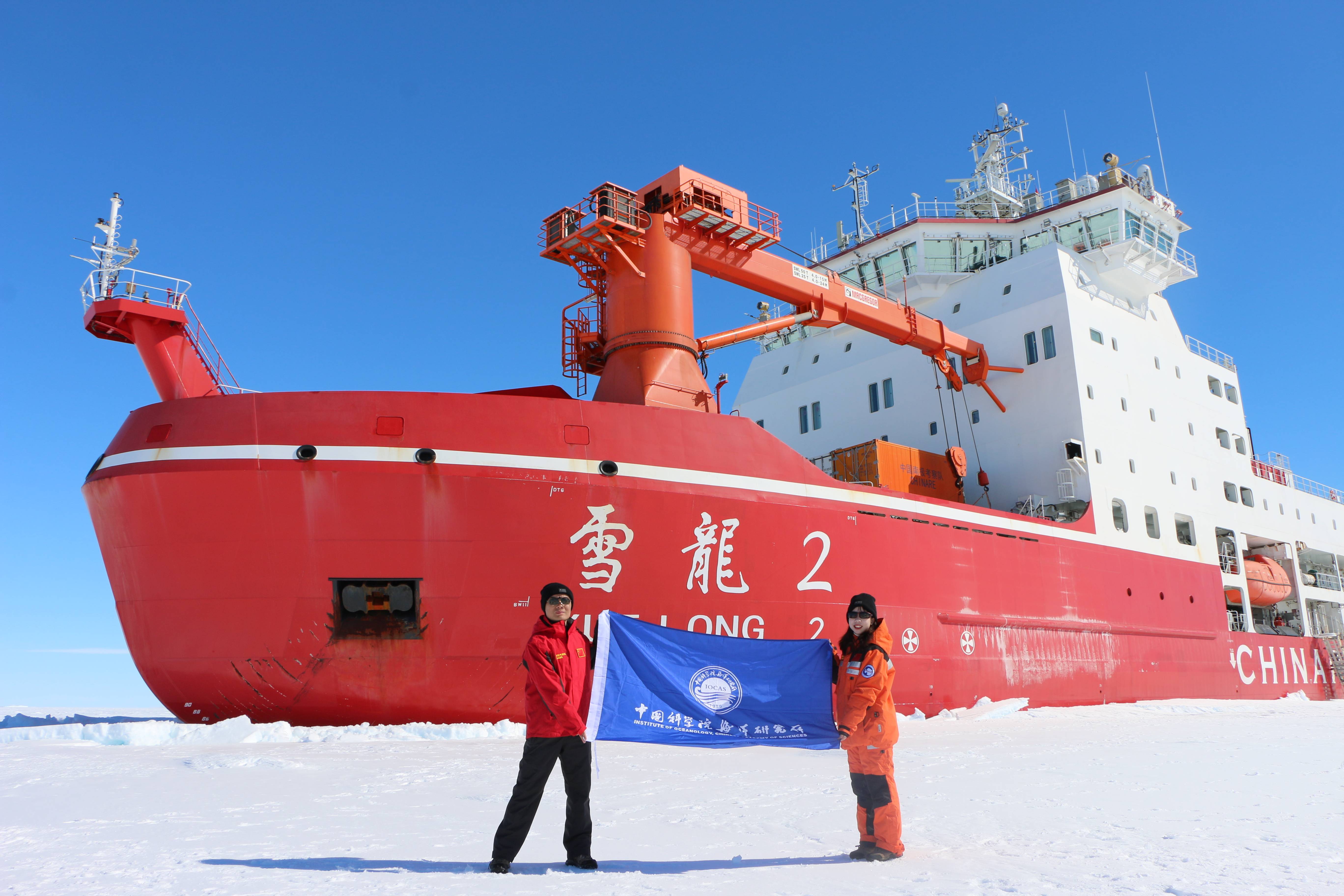(LI Haibo, haiboli@qdio.ac.cn)

Haibo in the Antarctic during the Chinese Antarctic Research Expedition. Credit: Institute of Oceanology, Chinese Academy of Sciences
Tintinnids are planktonic ciliates with durable loricae, belonging to subclass Choreotrichia, class Spirotrichea with a size range of 20-200 μm (microzooplankton). They could be found in marine habitats all over the warld. As important components of plankton, tintinnids are grazers of pico- and nano-plankton and prey of larger meso-zooplankton. Therefore, they play a pivotal role in material circulation and energy flow. Because of their loricae, tintinnids are one of the best known groups of planktonic ciliates and more than 900 tintinnid species have been recorded till now.
Compared to larger and more motile zooplanktonic organisms, tintinnids are more strongly influenced by environmental variation (e.g. temperature, salinity, turbidity) in spatial distribution because of their short life cycle and limited motility. Therefore, they were regarded as model organisms in plankton studies and suggested as bioindicators of marine ecological status.
As a researcher of Institute of Oceanology of the Chinese Academy of Sciences (IOCAS), my research interests include tintinnid biogeographic distribution patterns, diversity and community structures in different environmental gradients.
In 2011, I joined in ZHANG Wuchang's group as a graduate student. Since then, I realized that tintinnids contains unexpected secrets of the marine plankton ecosystem, and my interest in these invisible organisms increased gradually.
In recent years, we collected tintinnid samples from tropical waters to Arctic and Antarctic, from coastal waters to open seas. Our research demonstrated that latitudinal species richness of tintinnids has asymmetric bimodality with a tropical species richness depression near the equator.
We also revealed the variation of tintinnid communities from nearshore to open waters in the tropical and subtropical oceans, the diversity and distribution of tintinnids along salinity gradient, and the relationship between tintinnid distribution and water masses in the Southern Ocean.
We will continue to explore the secrets of tintinnid biogeographic distribution in the oceans, which will be helpful in understanding the biogeographic distribution of plankton organisms and the effects of global warming on plankton ecosystem.

Haibo and his colleague joining the Chinese Antarctic Research Expedition. Credit: Institute of Oceanology, Chinese Academy of Sciences
(Editor: ZHANG Yiyi)

